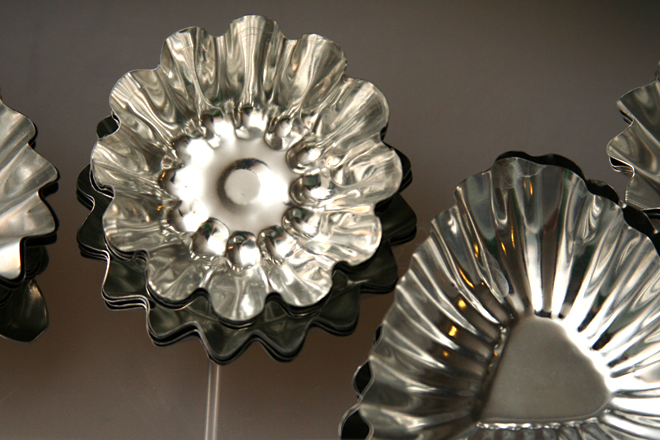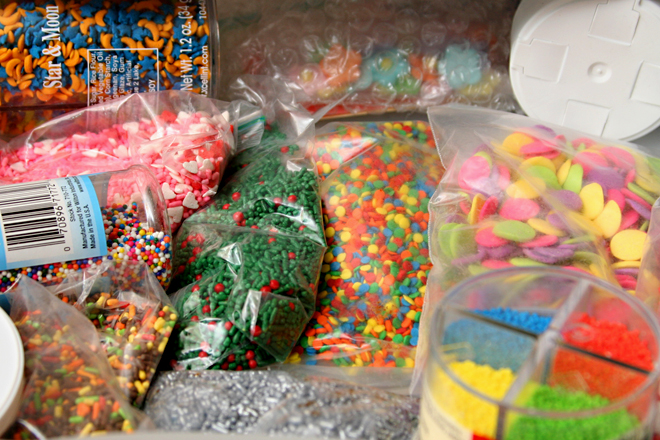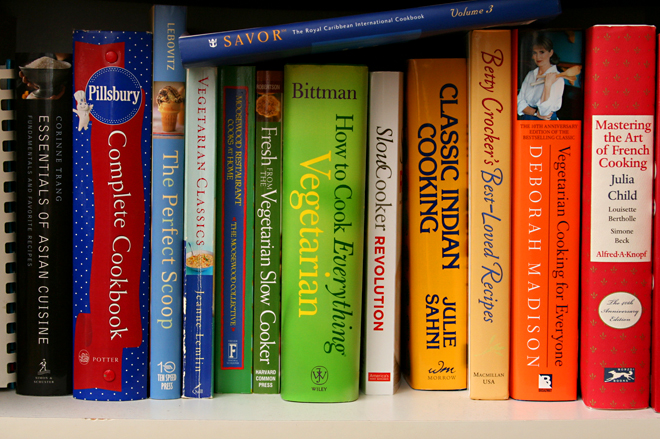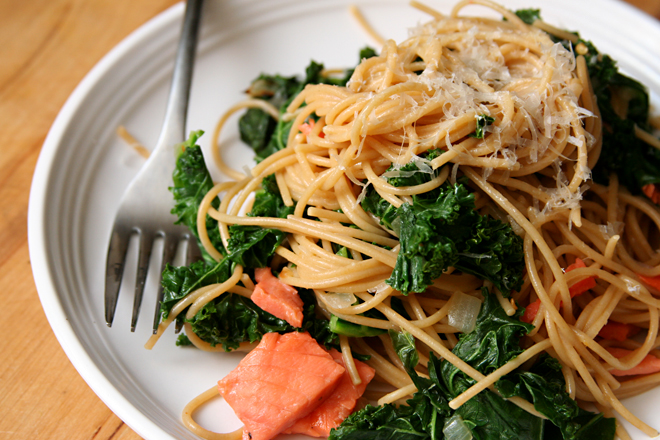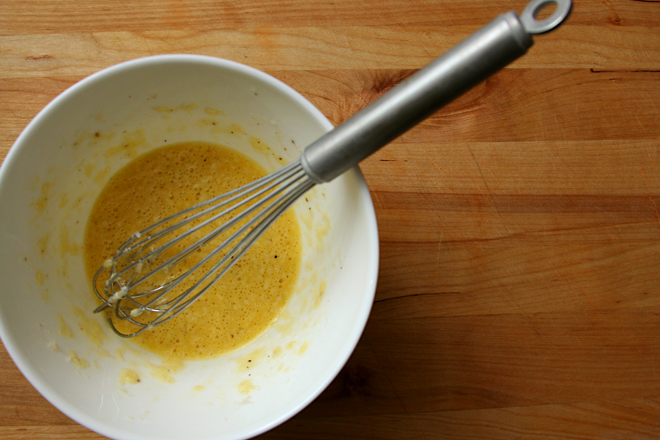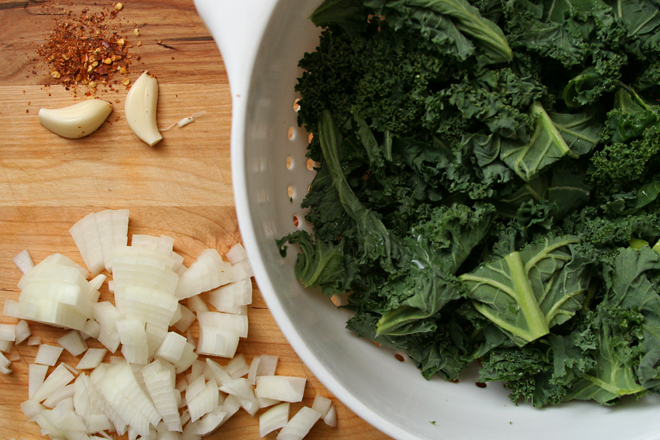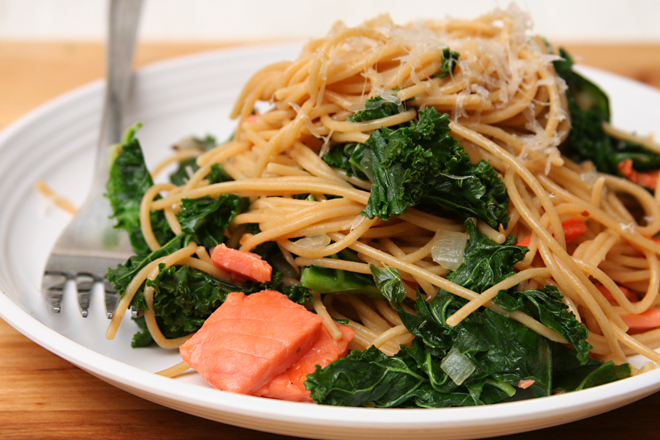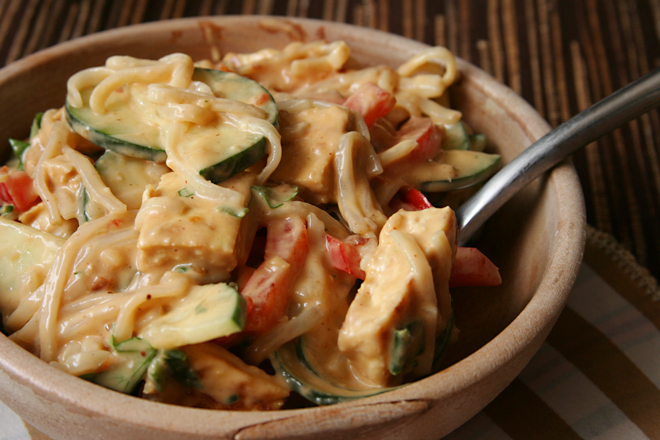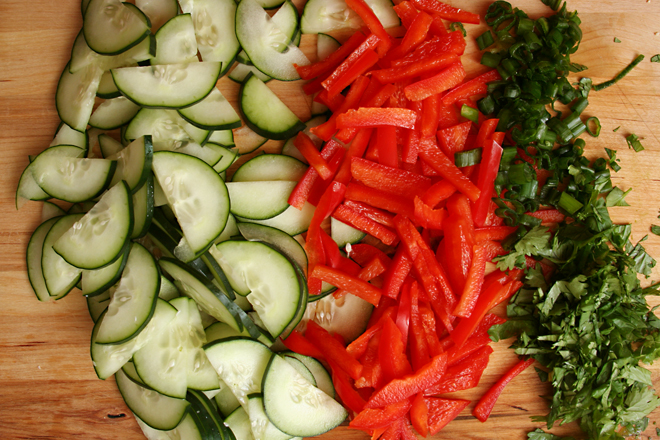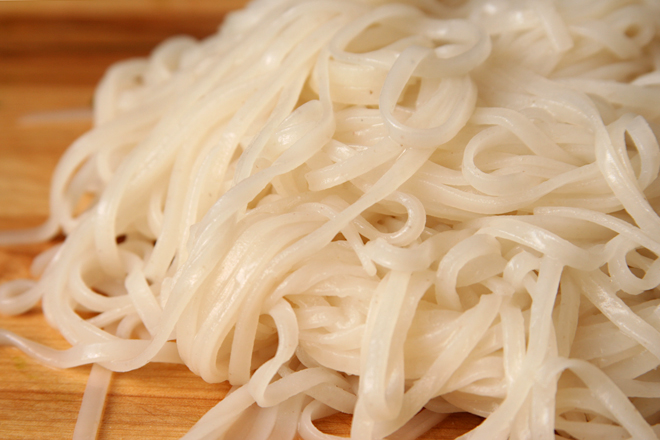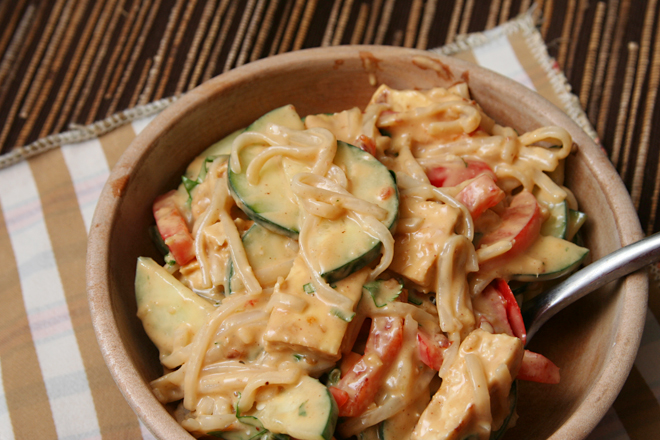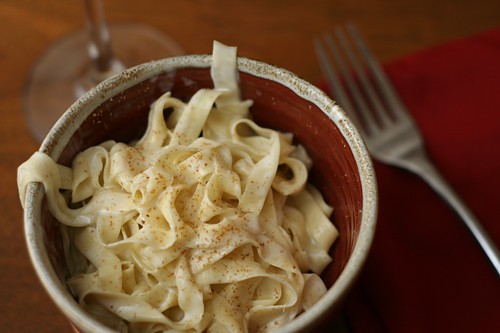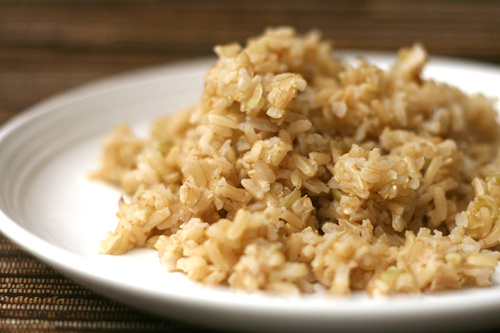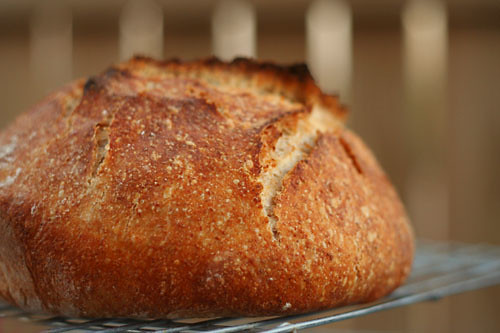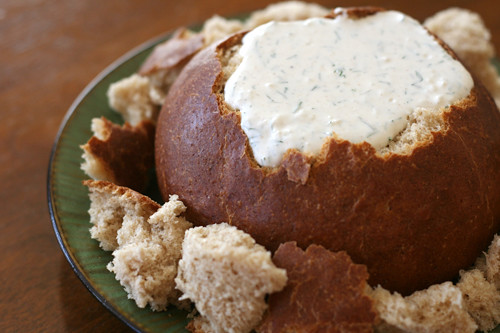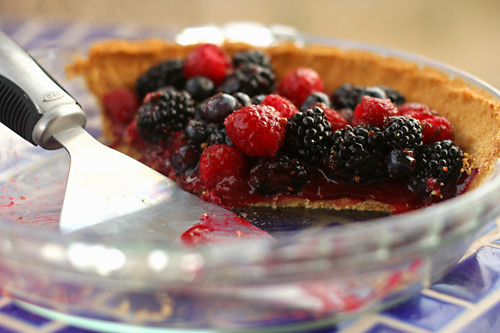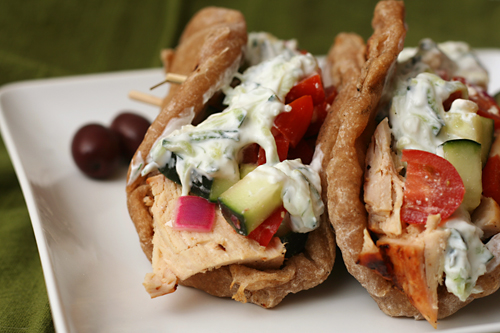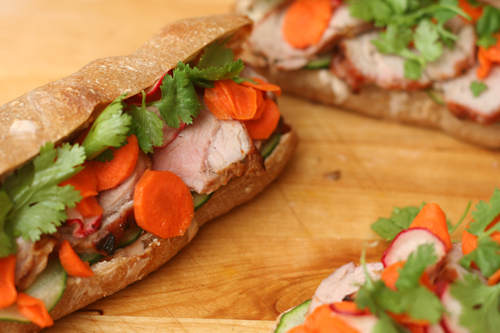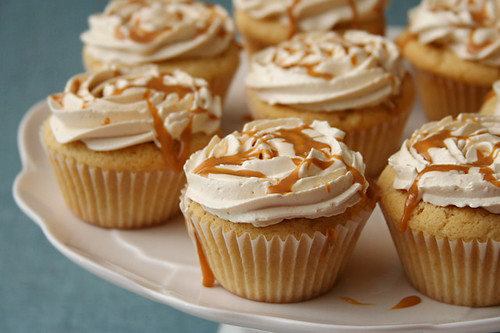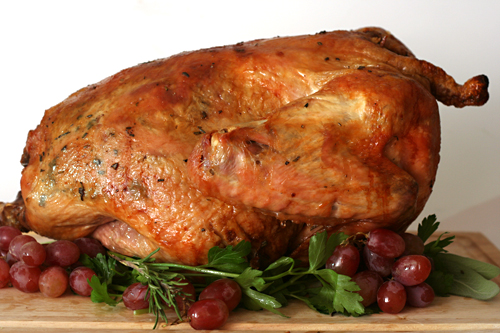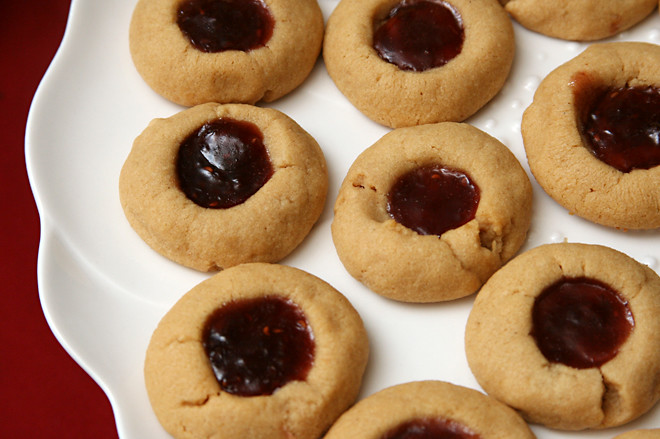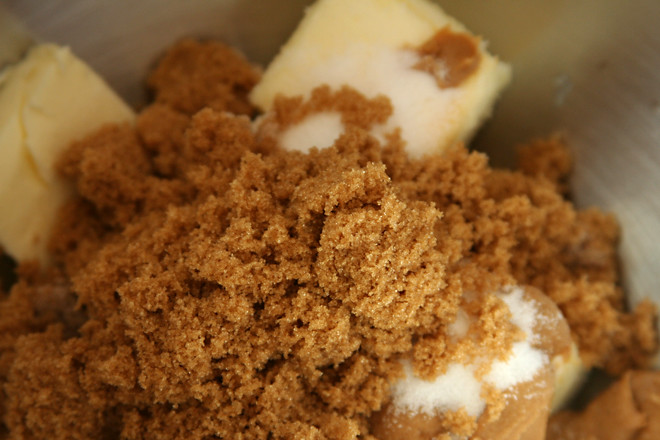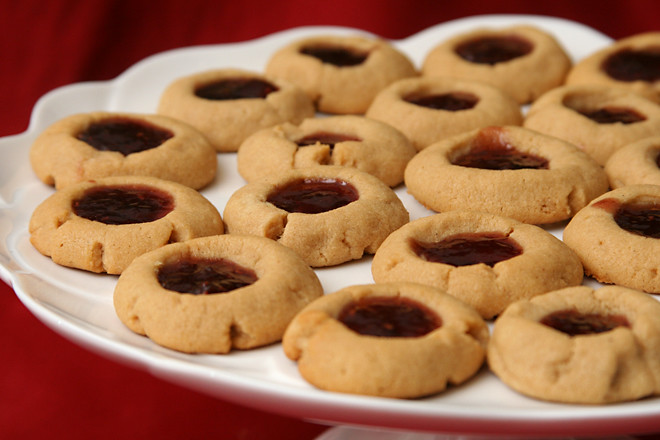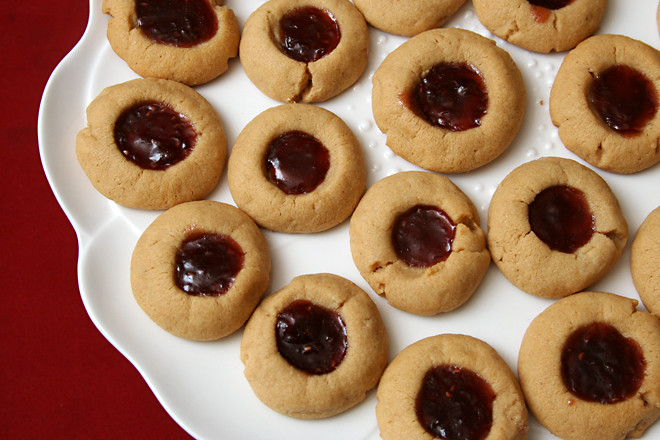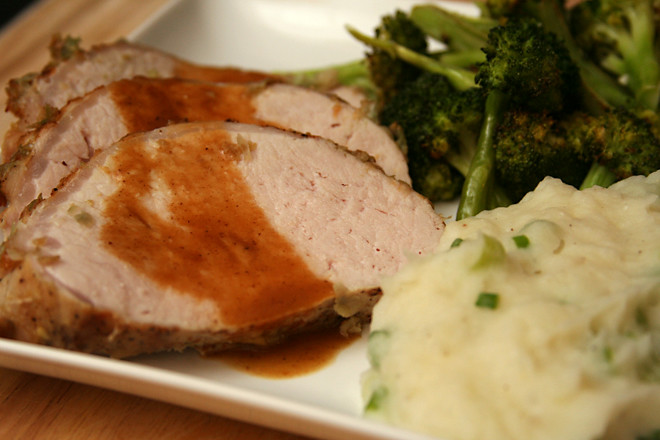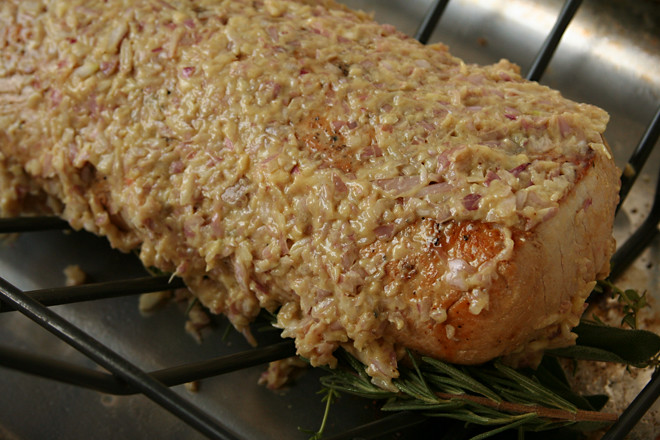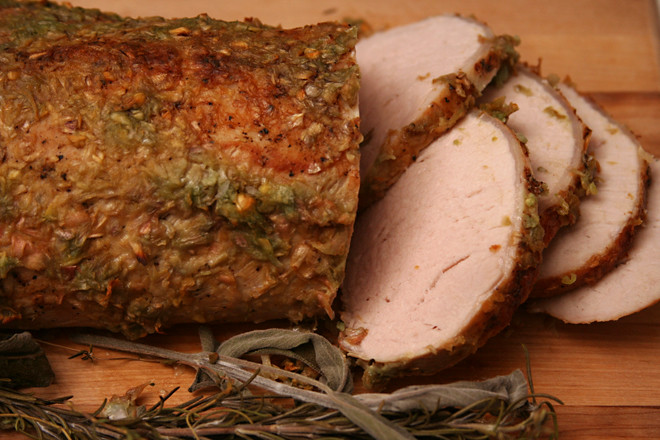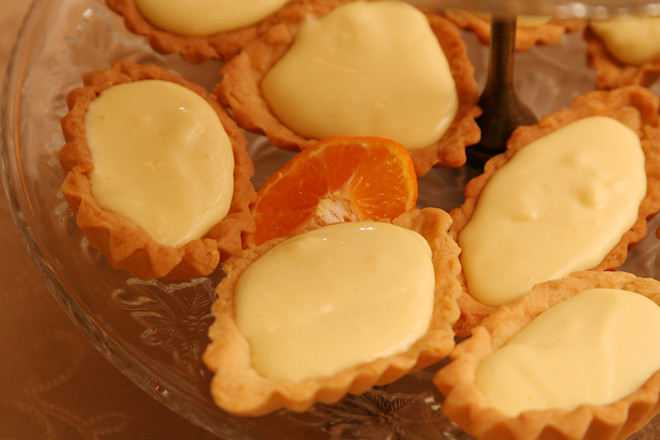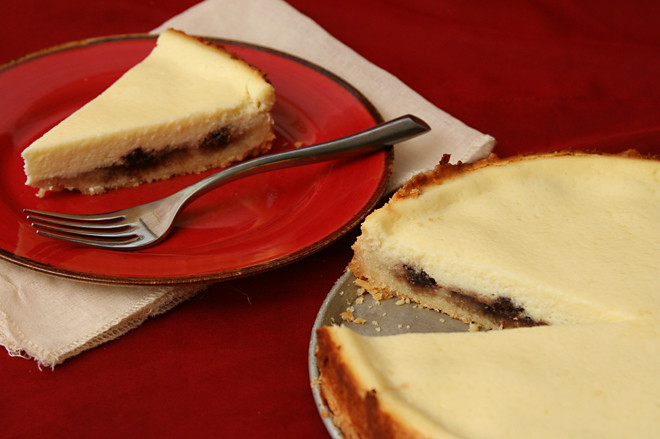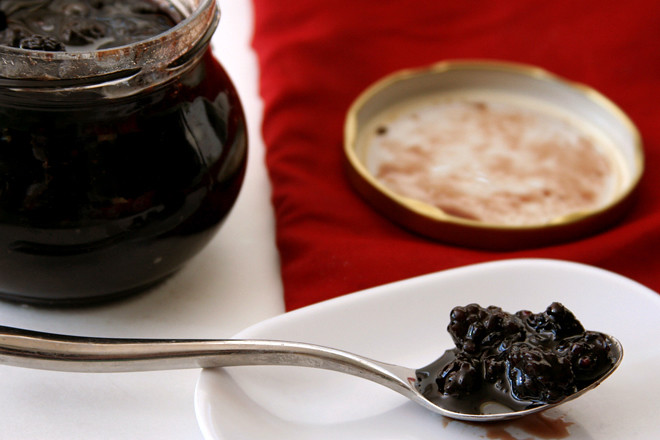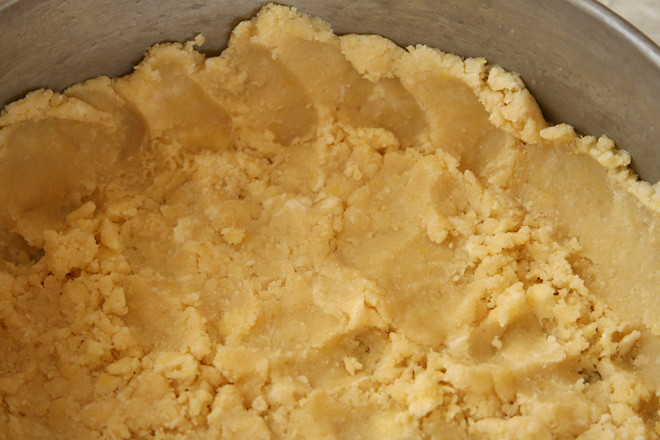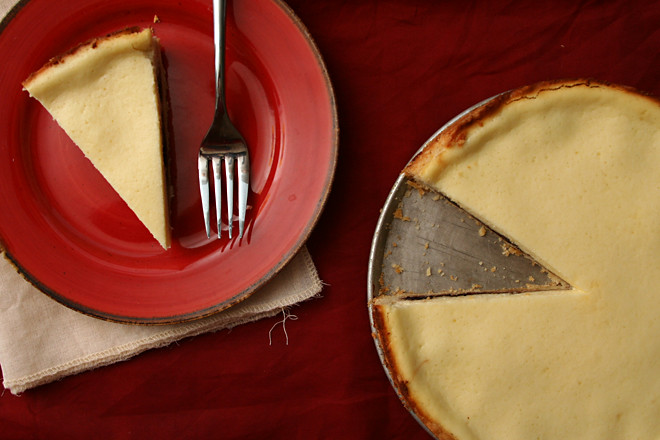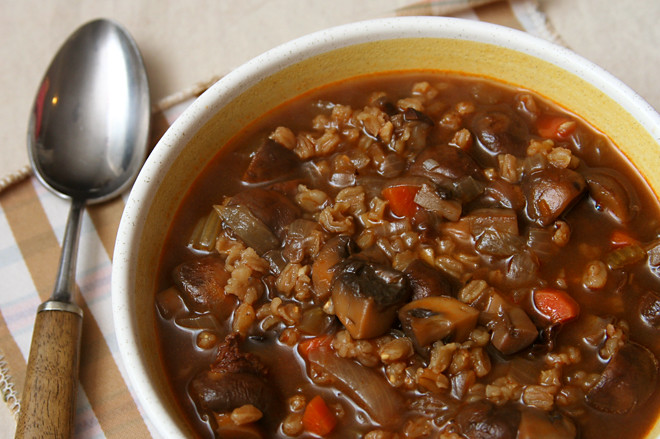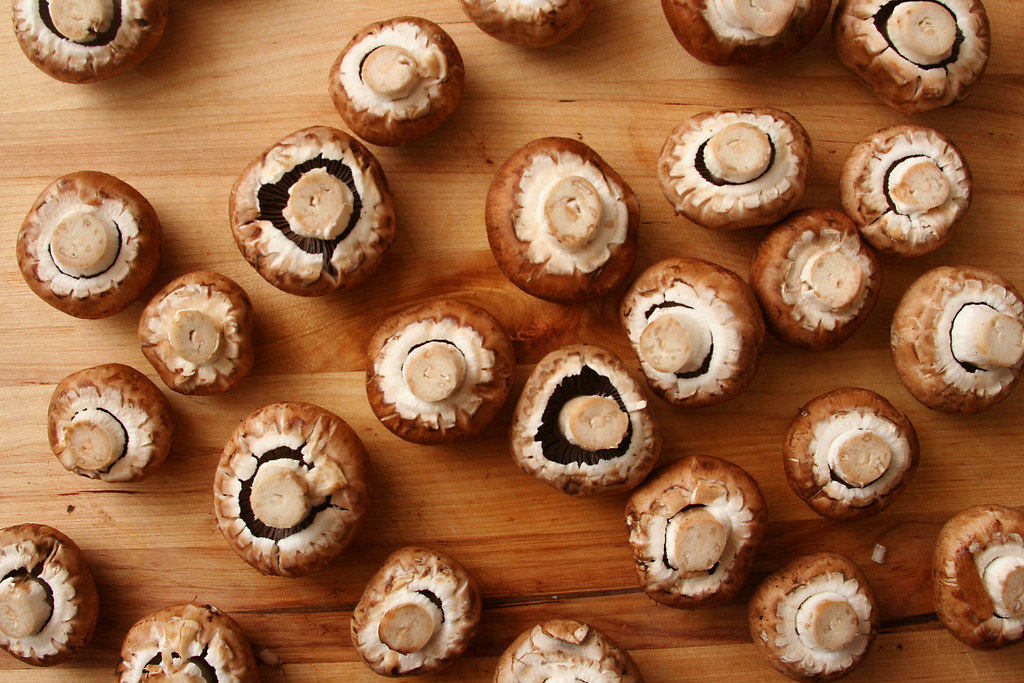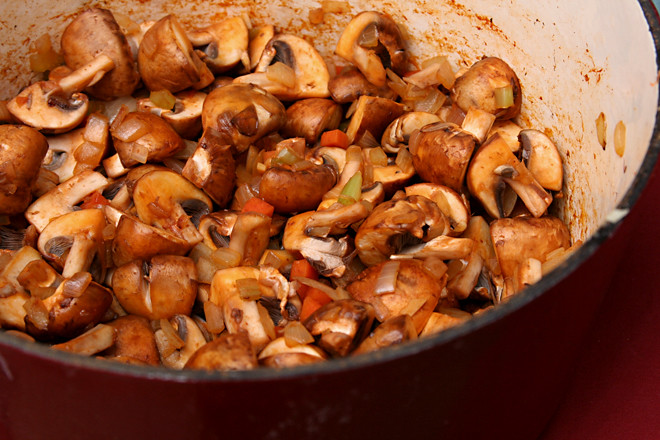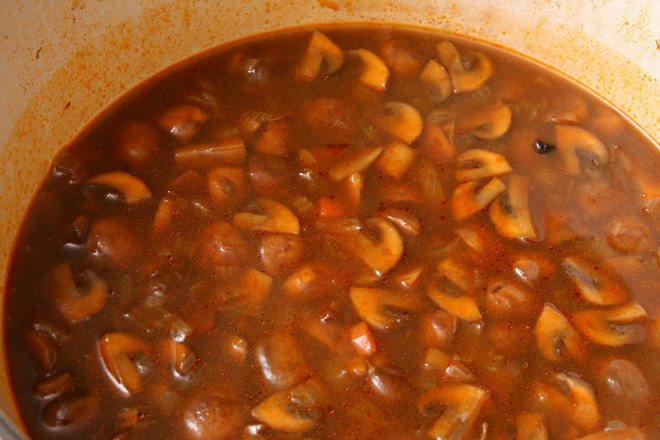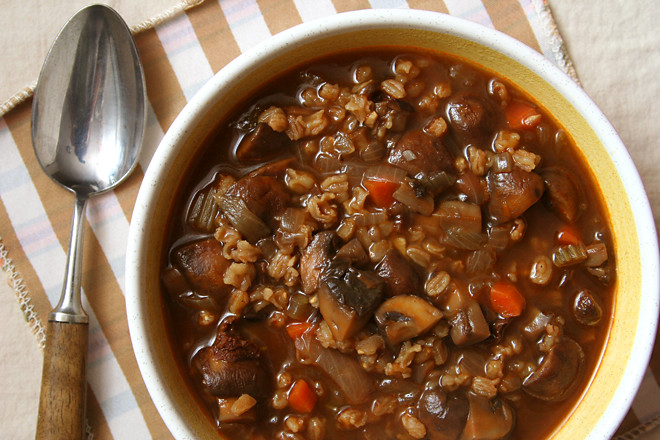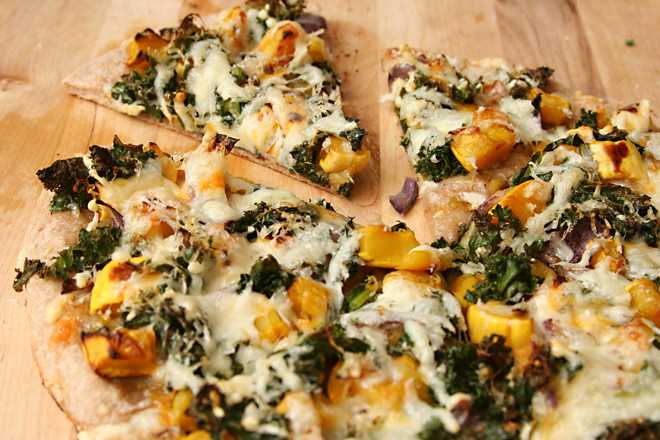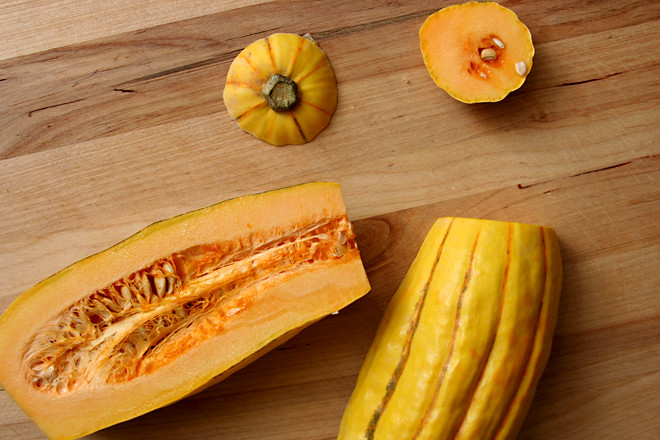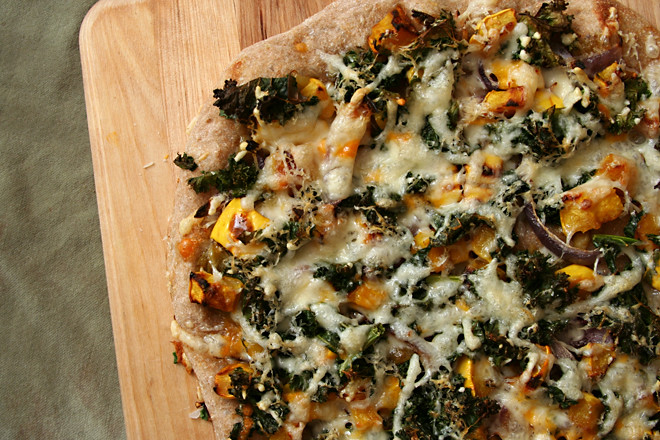I basked in the glory of not being required to bake anything on a schedule for about two weeks, and then I got bored. What can I say? I like to set goals.
The key is to find goals that push without demanding too much. I need enough structure to keep me accountable, but not so much that I feel resentful. I hope I’ve found that balance.
What I’ve decided to do is choose 24 dishes – 12 cooked and 12 baked – that have been marinating in the back of my brain for too long. These are recipes that I thought “YES!!! I want to make that, and as soon as possible”, when I first saw them, but then something has gotten in the way, time and again, sometimes for years. How many times am I going to think to myself that I should try making a dish at home before I just finally do it?
Not all of the recipes are difficult. Not all of them are even new to me; I’ve made versions of some of these dishes before, but haven’t found a recipe I think is The One. In some cases, I have specific recipes chosen; in others, only an ingredient or flavor.
I’ve assigned the dishes to months so I pace myself. (I’m not much of a procrastinator in projects like this; I would do the opposite and stress myself out by trying to finish them all by March.) And sometime, anytime, during that month, I’ll blog about those two recipes.
And that’s it. Two recipes per month, chosen by me, of dishes I’ve always wanted to make. How hard can this be?
Here’s the schedule:
January – asian lettuce wraps and black bean avocado brownies
February – ranch dressing and peanut butter butterscotch fudgy crisp rice sandwich bars
March – mozzarella and whole wheat chocolate chip cookies
April – dolmades and gougeres
May – mustard and focaccia
June – barbecued ribs and gelato
July – paella and honey ice cream
August – general tso’s chicken and creamsicle whoopie pies
September – tomato mozzarella tart with basil crust and pop-tarts
October – quinoa fritters and macarons
November – meatloaf and something chai-flavored
December – something with miso and gingerbread cookies
